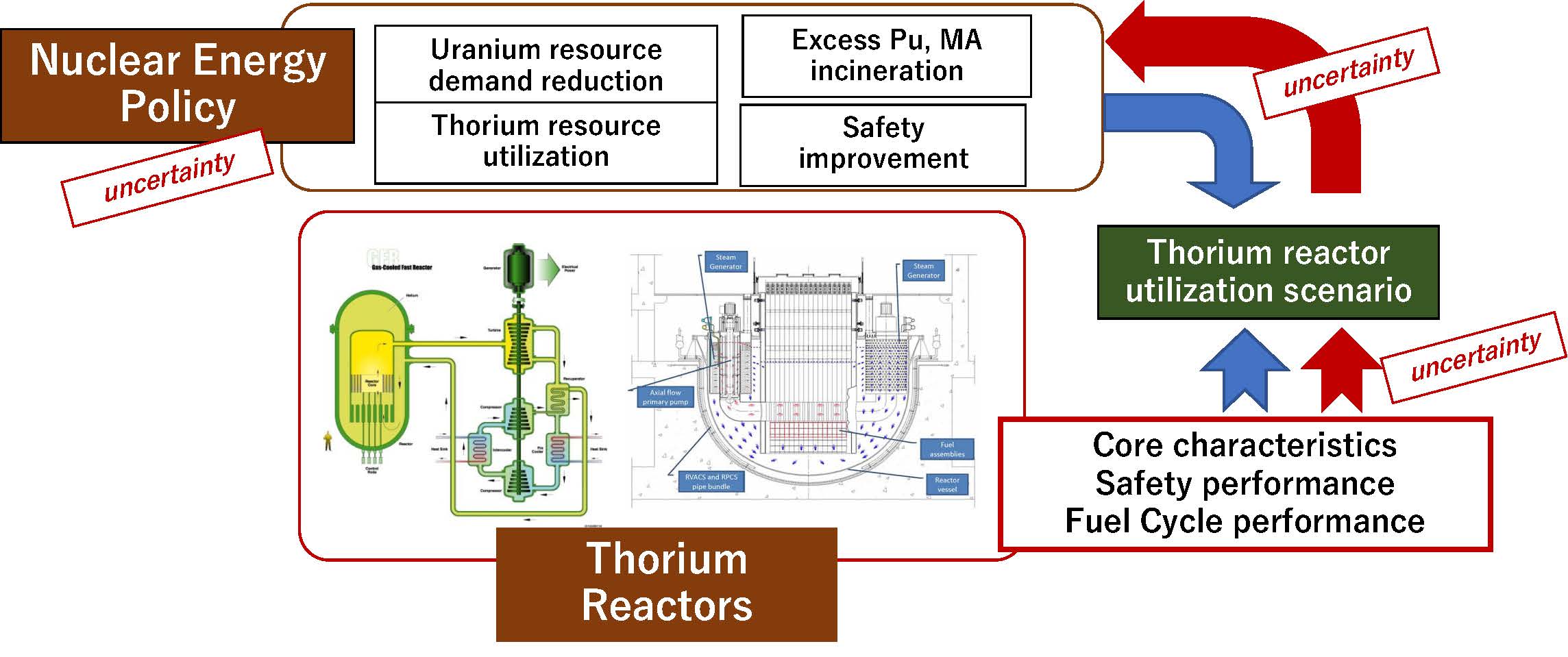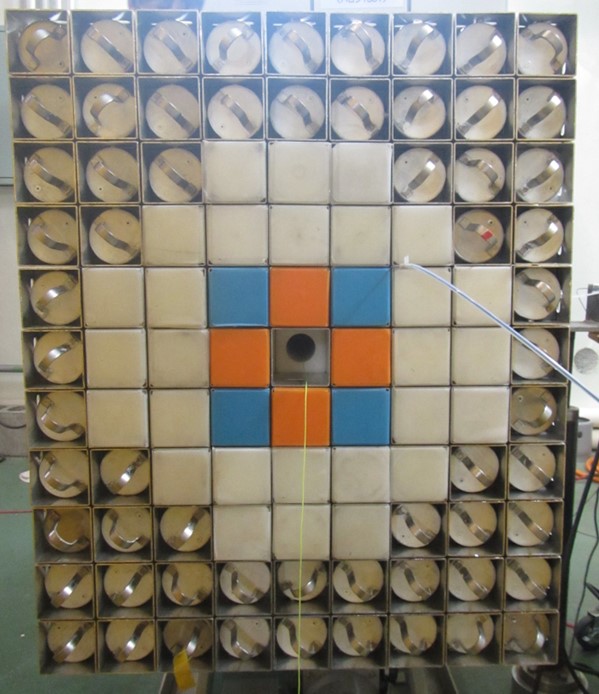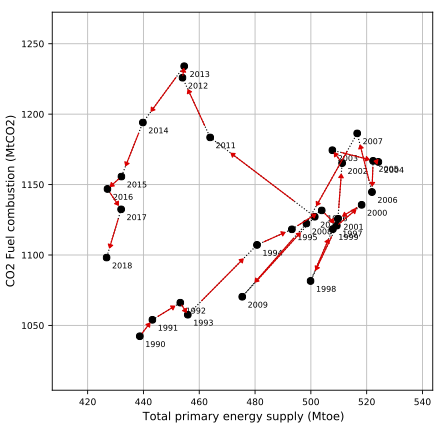Nuclear Material Control
Professor
- UNESAKI, Hironobu e-mail: unesaki.hironobu.5m<atmark>kyoto-u.ac.jp
Assistant Professors
- TAKAHASHI, Yoshiyuki e-mail: takahashi.yoshiyuki.7e<atmark>kyoto-u.ac.jp
* replace <atmark> with @
The activities of our laboratory are focused on optimum control and use of nuclear materials and the development of innovative nuclear energy systems to solve future energy issues.
The activities of our laboratory are focused on the development of innovative nuclear energy utilization systems to solve future energy problems from the perspective of harmonizing the “3S” (Safety, Security, and Safeguards) through the management and optimal utilization of nuclear fuel materials (nuclear materials) such as uranium and plutonium.
Our laboratory also belongs to the Energy Policy lab, Department of Socio-Environmental Energy Science, Graduate School of Energy Science, Kyoto University, where we focus on the role of nuclear energy in energy policy and energy security improvement. Most of the studies conducted in our laboratory are based on the viewpoint of interdisciplinary, socio-technological interest, which we believe is inevitable for discussing the role of nuclear materials as energy resources today and in the future.
The current research subjects include:
- Study on innovative nuclear energy systems, including High-Assay Low Enriched Uranium (HALEU) and Thorium-based advanced reactors, aiming to achieve high potential on non-proliferation and nuclear material saving,
- Study on energy policy and evaluation of energy security, with special emphasis on the role of nuclear energy as a low-carbon energy and self-sustainable energy source,
- Technological study on improvement of nuclear material transportation, safeguards, and physical protection methodology.
As practical activities based on the above-mentioned themes, our laboratory is providing regulatory support and guidance to the KURNS staff on a wide range of matters related to the safety management of nuclear materials while promoting and ensuring harmonization of the “3S” in collaboration with the Office of Nuclear Material Management:
- Regulatory guidance for the receipt/shipment, use, and storage of nuclear material,
- Education and training on the handling of nuclear material,
- Management of physical protection and transportation measures concerning nuclear material,
- Technical support for enrichment reduction of research and test reactors,
- Cooperation with IAEA safeguard inspections,
- Participating as an expert on various committees of Japanese regulatory authorities and relevant stakeholders.

Fig.1: Research approach on thorium utilization as next generation nuclear power system
 |
 |
| Fig. 2: Subcritical Experiment using U-Mo alloy HALEU fuel | Fig. 3: Two-dimensional orbital reprentation of Japan’s total energy supply and CO2 emission from fuel combustion (evidence of CO2 emission trend change caused by stoppage of nuclear power and recovery from 2013) |




